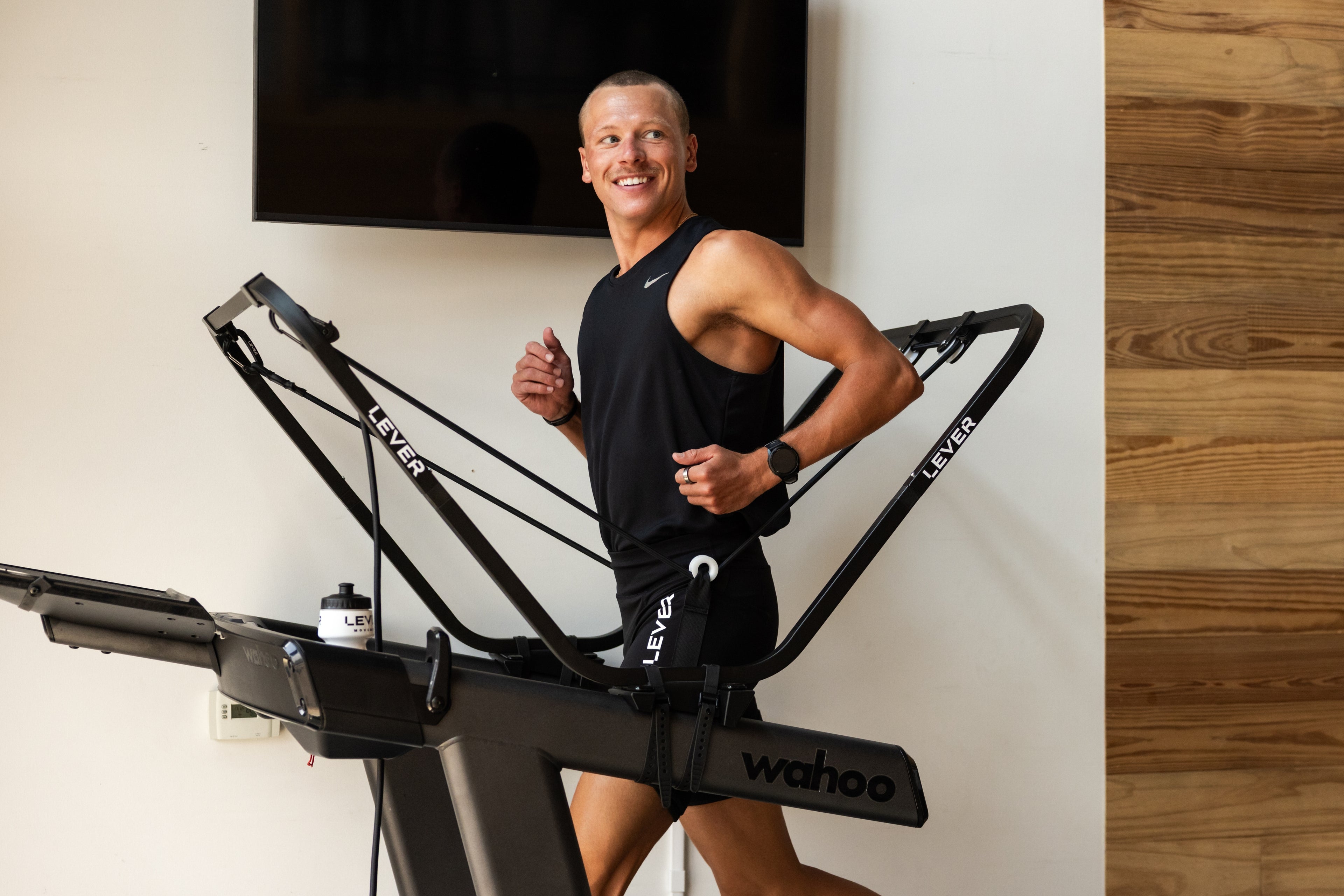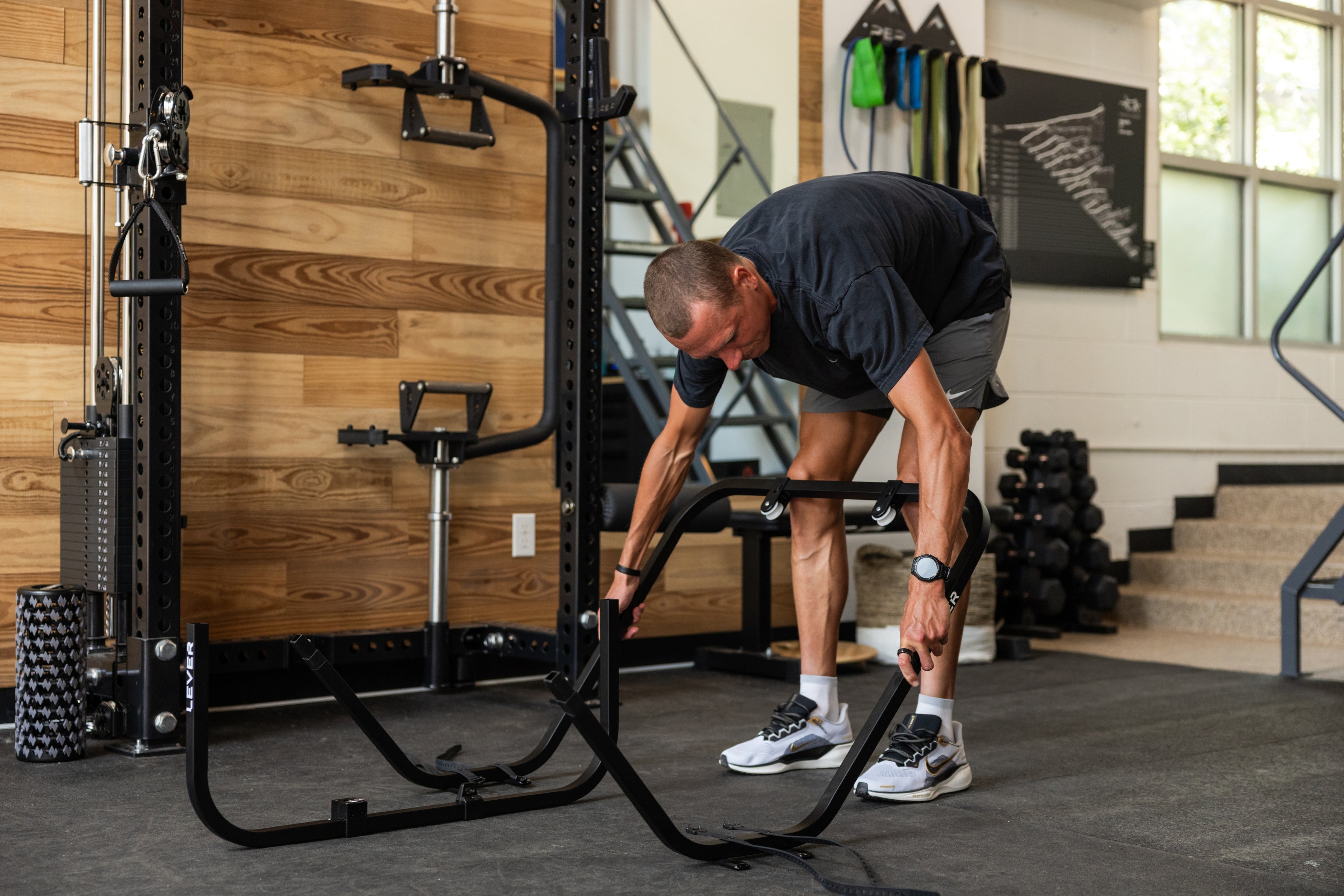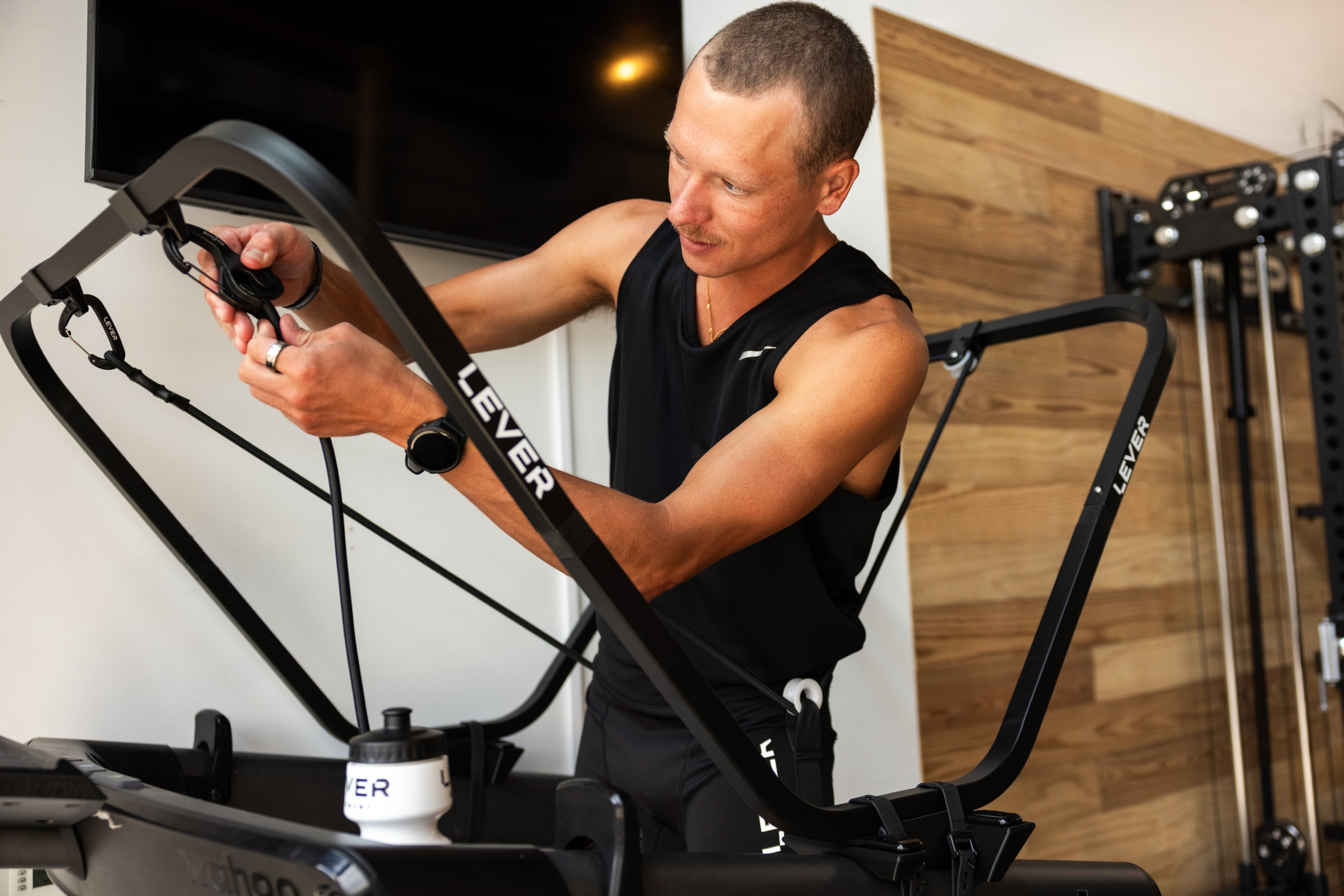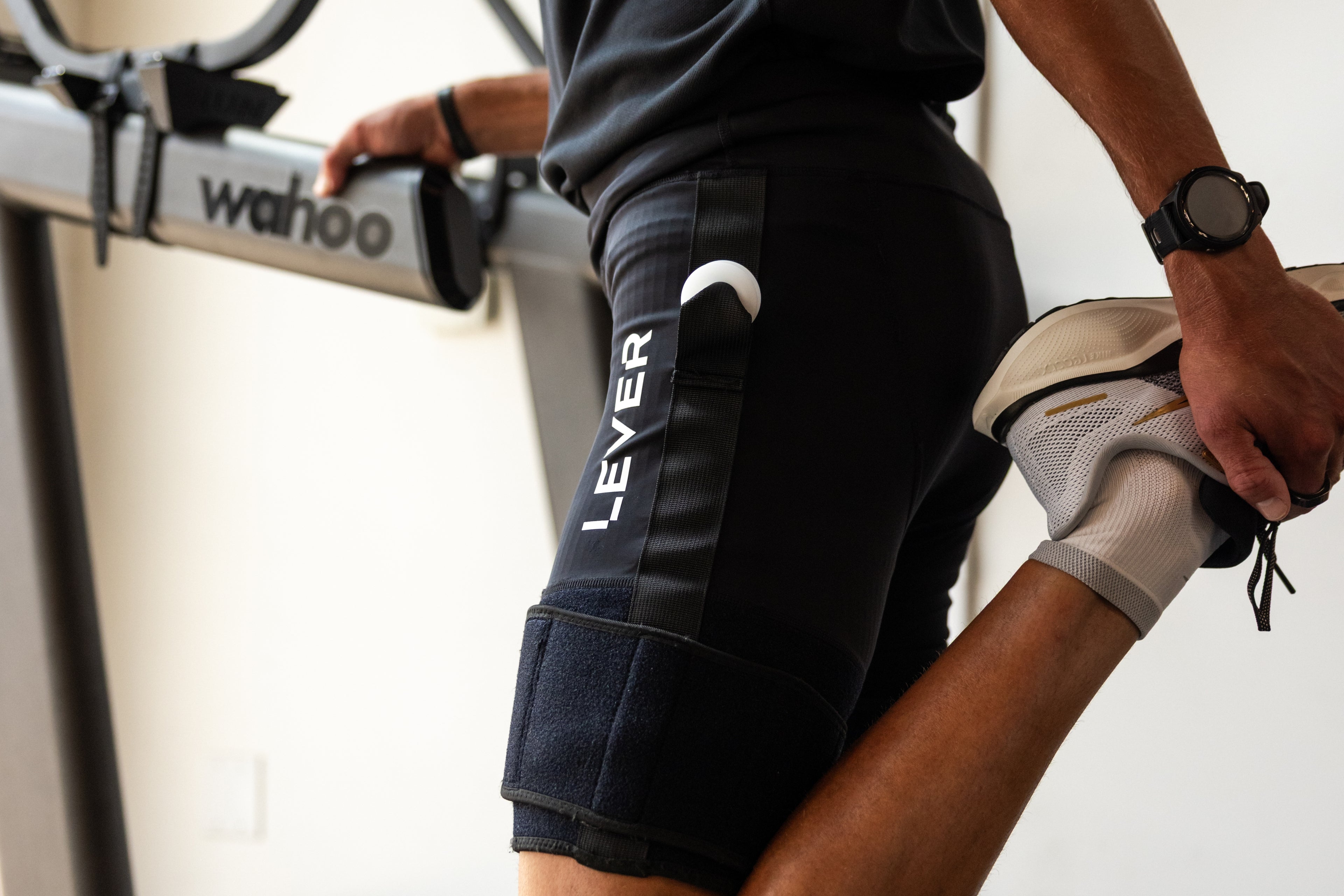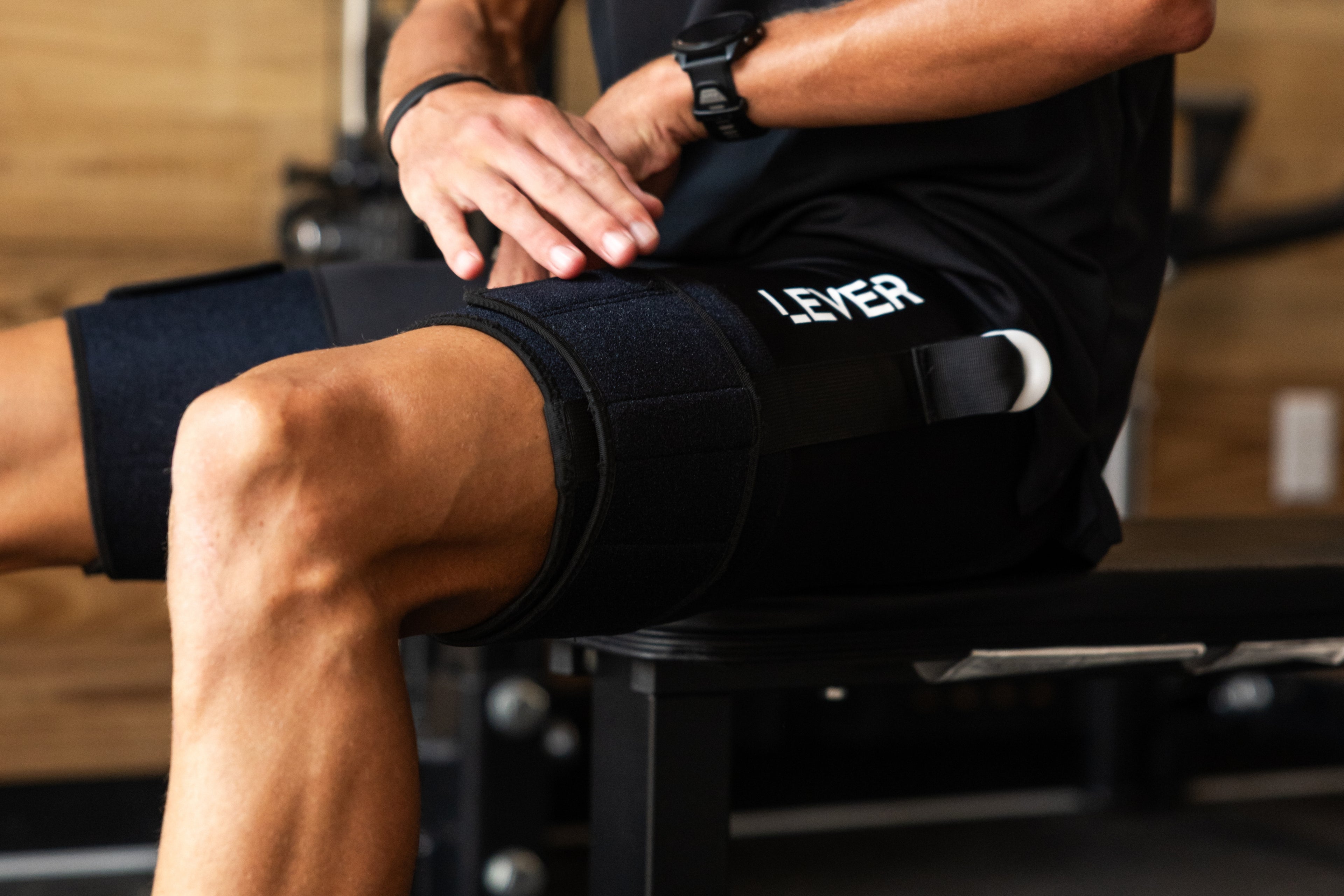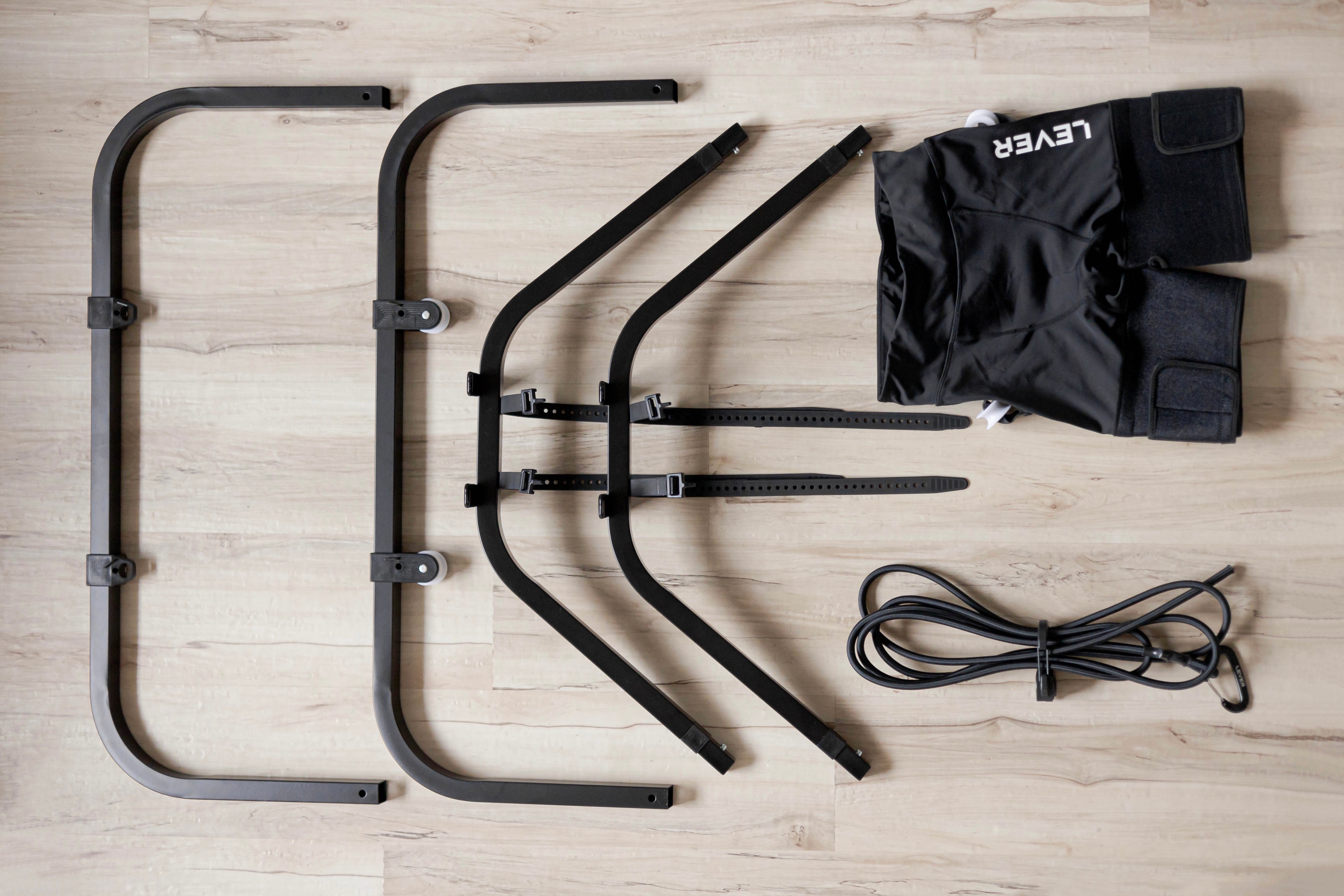Why Offloading Matters During Race Week
It’s race week. The nerves are building, the miles are tapering, and your mind is buzzing with logistics, nutrition, and pacing strategies. But there’s one overlooked tool that can quietly supercharge your final prep: offloading. Whether you're toeing the line in Boston or building toward your next PR, reducing mechanical load on your body during these final days can help you arrive fresher, more resilient, and primed to perform. So, what exactly is offloading and why does it matter so much right before race day?
What Is Offloading?
In simple terms, offloading means reducing the load or impact on your musculoskeletal system during running. This can be achieved through body weight support systems like the LEVER, which allows you to run with a percentage of your weight removed. Think of it as running with gravity dialed back your legs move fluidly, but your joints, muscles, and tendons take less of a beating.
Why Offloading Works During Race Week
- You Maintain Fitness Without Adding Fatigue Tapering is a fine balance: reduce training load enough to recover, but not so much that you lose sharpness. Offloading allows you to keep your running mechanics, stride rhythm, and aerobic stimulus without accumulating the fatigue of running at full body weight. A 2020 study in Frontiers in Physiology found that offloaded running helped athletes maintain VO2 max while significantly lowering markers of muscle damage.
- You support recovery between sessions even short workouts and strides can take a toll during taper. Using LEVER helps you maintain the rhythm of running while limiting residual soreness or fatigue. It’s a smart way to stay moving without overloading your legs.
- You tune into form and cadence running at slightly reduced body weight improves your ability to dial into smoother mechanics. With less impact, your brain can focus on subtle adjustments foot strike, posture, cadence all essential for efficient form on race day.
- Minimize injury risk right before the race these final days aren’t the time for setbacks. Offloading helps reduce stress on tendons, joints, and muscles, letting you keep routine movement without risking flare-ups. Research in the Journal of Athletic Training shows that tissue load management in taper phases can reduce injury risk while still maintaining neuromuscular readiness.

How to Use LEVER in the Final Stretch
Here’s how athletes are using LEVER in the final days before a marathon:
- Mid-week jogs: Aerobic maintenance runs at 85–90% body weight. Just enough to keep things fluid and controlled.
- Strides or pre-race pickups: Short efforts using LEVER help you hit target paces without the full impact.
- Shakeouts: Keep your legs fresh with 10–20 minutes of easy running at 75–80% body weight. Focus on rhythm, lightness, and confidence.











